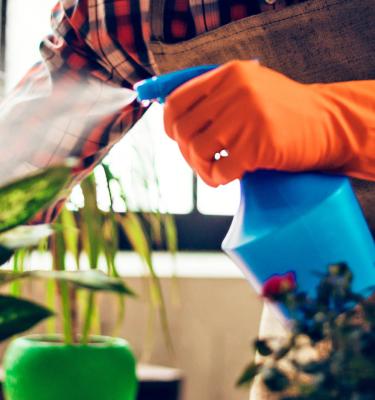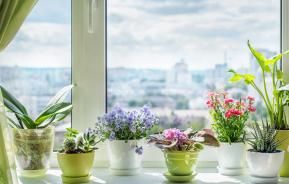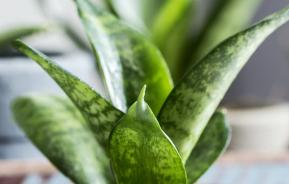Watering your houseplants
Always check your plants needs before buying. Generally plants that come from more tropical and jungle floor regions especially those with large green leaves such as Monstra (Swiss Cheese Plant) will need more water than those from hotter drier places such as cacti and succulents.
My top tip would be to always water with room temperature water, never cold as this can shock the plants. Rainwater is great but most of us don’t have access to a clean supply so ideally fill a jug the night before you water and leave it to stand for at least 12 hours. This will also allow any chemicals to dissipate.
Try not to have a weekly watering routine. Get into the habit of checking your plants’ compost. Does it feel dry if you stick your finger in about an inch deep? Is the pot really light when you lift it up? If the answer is yes, then go ahead and water, if not leave watering and check again in a few days.
After watering always go back and check after about 20 minutes. Never leave a plant sitting in water as this will rot the roots and eventually the plant will die. Plants like orchids are best left to drain completely out of their decorative pot.
As a general rule, with most houseplants it’s best to let the top few centimetres of the compost dry out before watering. Always check your plants needs as some like Peace Lilies are often happier kept moist.
Water less during the autumn and winter and water more in spring and summer.
Feeding your houseplants
Not only do our houseplants need watering but they also need feeding. All plants need nutrients to live and although most composts that they are planted in will contain nutrients, after a while these will be used up or washed away every time you water. So if your plant is looking a bit sorry for itself, the leaves are going yellow or just not looking too healthy then it’s a sign that your plant needs feeding.
Feeding should be done during the growing season between March and September, unless it’s a winter flowering plant and then they will need feeding during bud formation and flowering. Flowering uses up a lot of energy from the plant so feeding is especially important at this time.
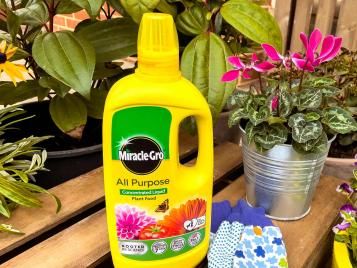
Use a balanced plant feed that is easy to use such as Miracle Gro All purpose Liquid Plant Food. All you need to do is measure a capful into your watering can and feed whilst you water. You can also use push in feed that you push into the compost in spring and then that should be all the plant requires during the growing season.
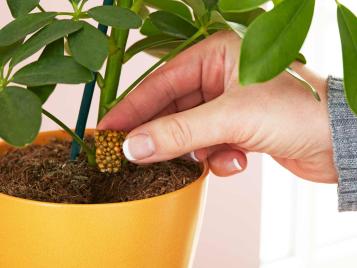
Never add feed to dry compost, concentrated forms allow you to feed at the same time as watering but make sure you don’t overwater. If you are using a pour and feed product that doesn’t need diluting make sure you water it in straight after.
Always check individual plants requirements but generally most houseplants will benefit from a fortnightly feed from March to September and then maybe just once during the winter. Plant food contains nutrients essential for healthy green growth (nitrogen N), strong root development (Phosphorous P), good flowering and disease resistance (Potassium K).
Establishing a consistent feeding routine and watering your plant when needed will really help you make the most of your houseplants. Get your free copy of the Essential guide to Houseplants here.
